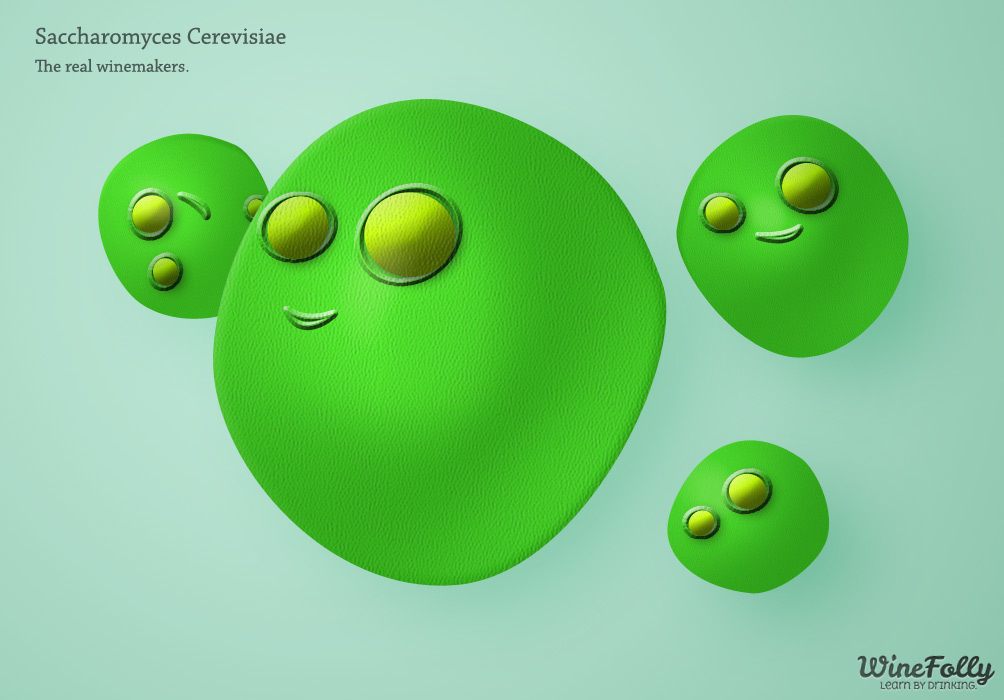Perhaps you’ve heard of the ‘Dijon Clone’ for Pinot Noir or maybe Clone number 337 for Cabernet Sauvignon?
Wine clones are well-known amongst wine growers but they may point to a strange and somewhat alarming future for the world of wine. For instance, did you know that a popular clone of Syrah grown in the US must pay an intellectual property fee ( a royalty) to a nursery in Paso Robles?
How wine super clones are already taking over
I ate dinner with a Washington winemaker who grows some of the state’s only Grenache Blanc. There’s not a lot of this grape variety in the US and I’ve always been disappointed by this fact because it’s damn tasty. As it happens, there may be a reason for low interest in Grenache Blanc: you have to pay royalties to grow it. What?! Despite how crazy this seems it happens all the time; let me explain.
Ever see those Pink Lady apples and Clementine Oranges in the grocery store?
Both types of apples and oranges require licensing fees that farmers must pay to grow and use the ‘Pink Lady’ trademark to sell fruit. Some of these trademarked apples make more revenue in other markets so the entire US crop is exported. Have you ever seen a Junami apple?
Wine is no different. Wine grapes are a cash crop with some grapes selling for nearly $10,000/ton (makes about 720 bottles of wine). Since wine grapes are an import from Europe, nurseries who import and clone these grapes charge royalty fee for their grapes vines. Interestingly enough, a few of these clone names have become popular selling points to a wine, because they are known for creating delicious wines. For instance:
“We use 100% ungrafted Pommard Clones for the
ultimate Oregon Pinot experience”
Say again?
Besides trademark grapes, there’s also designer yeast. One of the greatest fears in the hearts of any winemaker is a stuck fermentation. This usually happens when wild or ’native’ yeasts are unable to eat all the sugar and turn it into wine (By the way, this is how White Zinfandel was invented back in 1975). So, besides just the wine grape clones, a winery may also employ a yeast that is designed gobble up all the grape sugars and poop out alcohol.
Yummy.
This isn’t a bad thing, in fact, many commercial yeasts are preferred for the flavor and consistency they add to wine.

This story gets weirder and more futuristic.
Just recently, a scientist group created a 100% genetically manufactured yeast, the first of its kind to be entirely created by man. What does this mean for us wine enthusiasts? Well, at the moment the yeast is simply an advance in our scientific understanding of DNA. Perhaps in the future we’ll have more control over the flavor of wine. For example, popular yeast aromas include: almond, biscuit, marzipan and whipped cream. Unpopular aromas include: Parmesan cheese, sour cream and used gym socks.
If you created a yeast, what flavors would you highlight?
